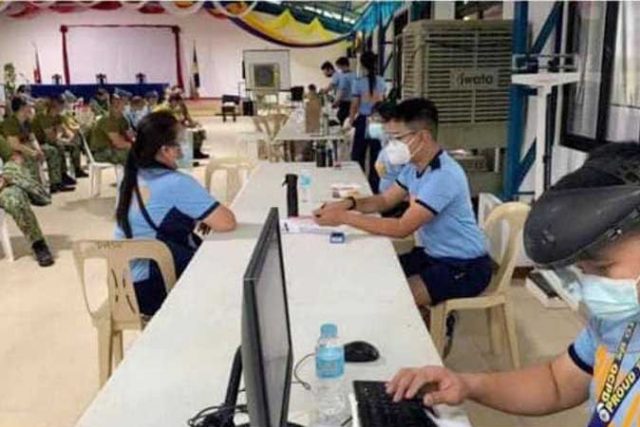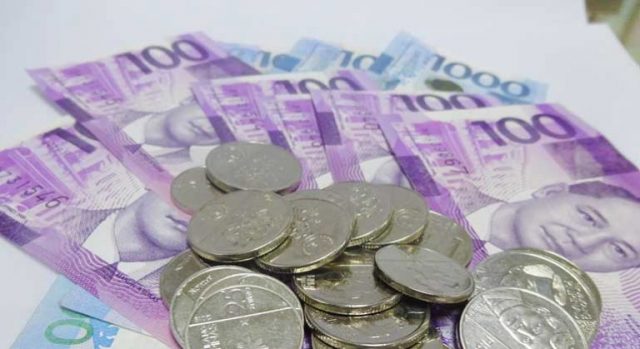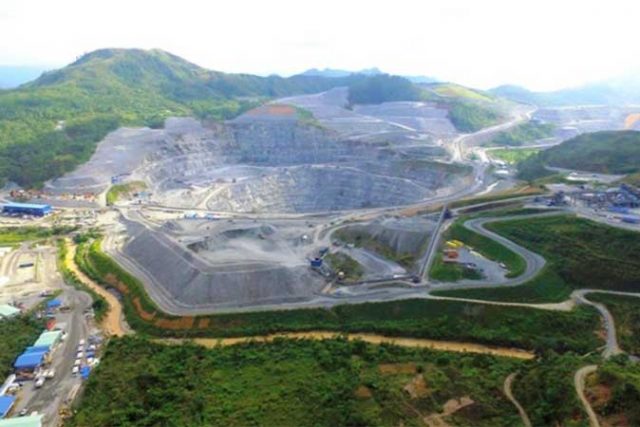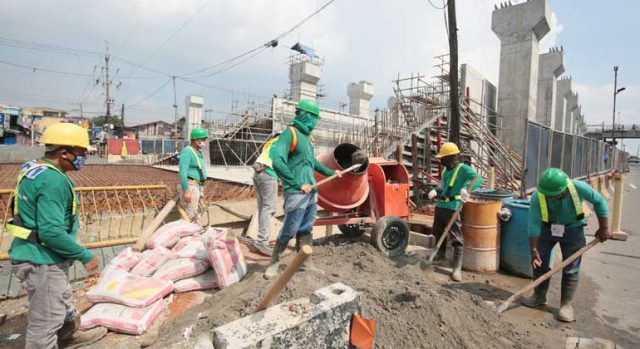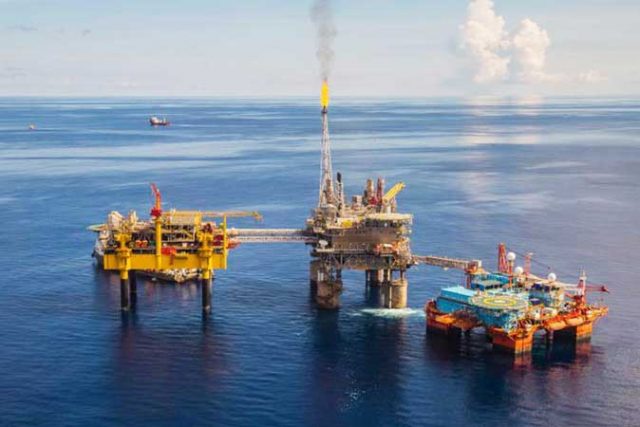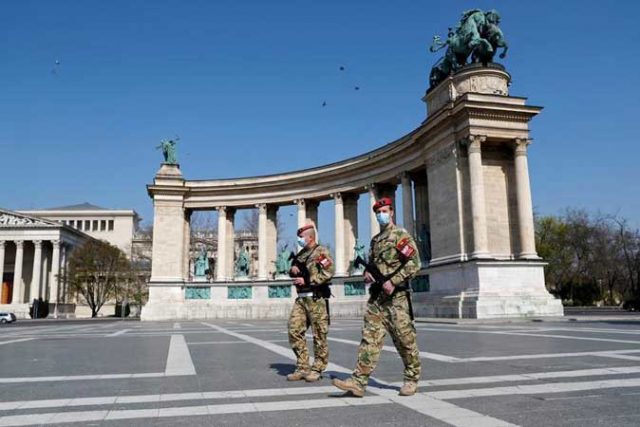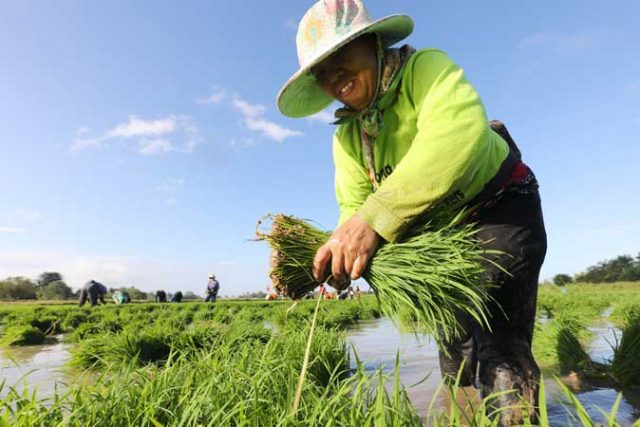Lima Water moves on to phase 2 of supply network digitalization
LIMA WATER Corp., which serves the 700-hectare Lima Estate in Batangas, is entering the second phase of its digitalization project that aims to manage its water supply network more efficiently.
The water provider said in a statement on Wednesday that it is now in the next stage of its project, which includes network integration for real-time leakage detection and consumption monitoring.
“Once fully integrated, the smart water network is projected to lead to even better operational efficiency and savings in terms of deep well operation, auto adjustment of transfer pumps and non-revenue water management, aligned with its sustainability objectives,” the company said.
Lima Water started the digitalization project last year and it said the pilot program resulted in 30% savings in its operational budget for repairs, reduced fuel consumption for daily monitoring operations, and “significantly improved” response time during equipment failure.
Lima Water also announced that it will work on data science and artificial intelligence initiatives with Aboitiz Data Innovation, a business unit of the Aboitiz Group, to achieve improved efficiency and processes for its operations.
“The synergies that can be created through the application of data science and artificial intelligence will create smarter, more reliable and more predictable systems that in turn will benefit our customers,” Aboitiz Data Innovation Managing Director David R. Hardoon said. — Revin Mikhael D. Ochave


